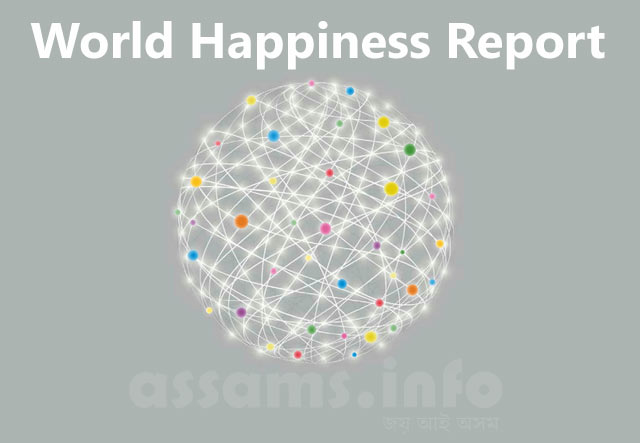The World Happiness Report is a survey of the state of happiness in the world today. It is published by the Sustainable Development Solutions Network of the United Nations. The World Happiness Report measures happiness in countries around the globe and ranks them based on their level of happiness and wellbeing.
The first World Happiness Report was published in April 2012, in support of the High Level Meeting at the United Nations on happiness and well-being. The subsequent and updated World Happiness Reports came out on 2013 and 2015. The World Happiness Report 2016 was released in March 20, 2016. It ranked 157 countries by their levels of happiness.

Ranking countries by Happiness
The World Happiness Report ranks countries based on their score on a scale of 0 to 10. That ranking is also known as ‘World Happiness Index’. Six factors are used in determining the World Happiness Index. They are:
- Gross Domestic Product (GDP) per capita.
- Healthy years of life expectancy.
- Social support (measured by having someone to count on in times of trouble).
- Trust (measured by a perceived absence of corruption in government and business).
- Perceived freedom to make life decisions.
- Generosity (measured by recent donations).
During the ranking process, performance score of each country is compared against the scores of Dystopia, the benchmark country. Dystopia is actually a hypothetical country, which has values that are same as the lowest national average for each of the six factors or variable.
World Happiness Report 2016
In the World Happiness Report 2016, Denmark topped the ranking with 7.526 score, followed by Switzerland (7.509) and Iceland (7.501) in second and third position respectively. India’s ranking in the happiness report is 118 (4.404). In 2016, for the first time, the World Happiness Report focused on inequality in the distribution of well-being among countries and regions.
In previous reports, it was argued that happiness, measured by the life evaluations, provides a broader indicator of human welfare. In the 2016 report, it is argued that the inequality of well-being provides a broader indicator of inequality in distribution of welfare. This is interesting. Because, the levels and trends of inequality are usually studied from the point of view of income and wealth. The report found that people are happier in societies where there is less inequality of happiness. It also noted that inequality in happiness has increased significantly in the world (when 2005-2011 is compared with 2012-2015).
Top 10 Happiest Countries in the World:
- Denmark (7.526)
- Switzerland (7.509)
- Iceland (7.501)
- Norway (7.498)
- Finland (7.413)
- Canada (7.404)
- Netherlands (7.339)
- New Zealand (7.334)
- Australia (7.313)
- Sweden (7.291)
Top 10 Least Happy Countries in the world:
- Burundi (2.905)
- Syria (3.069)
- Togo (3.303)
- Afghanistan (3.360)
- Benin (3.484)
- Rwanda (3.515)
- Guinea (3.607)
- Liberia (3.622)
- Tanzania (3.666)
- Madagascar (3.695)
References:
- World Happiness Report, http://worldhappiness.report.
- Sustainable Development Solutions Network, http://unsdsn.org.
